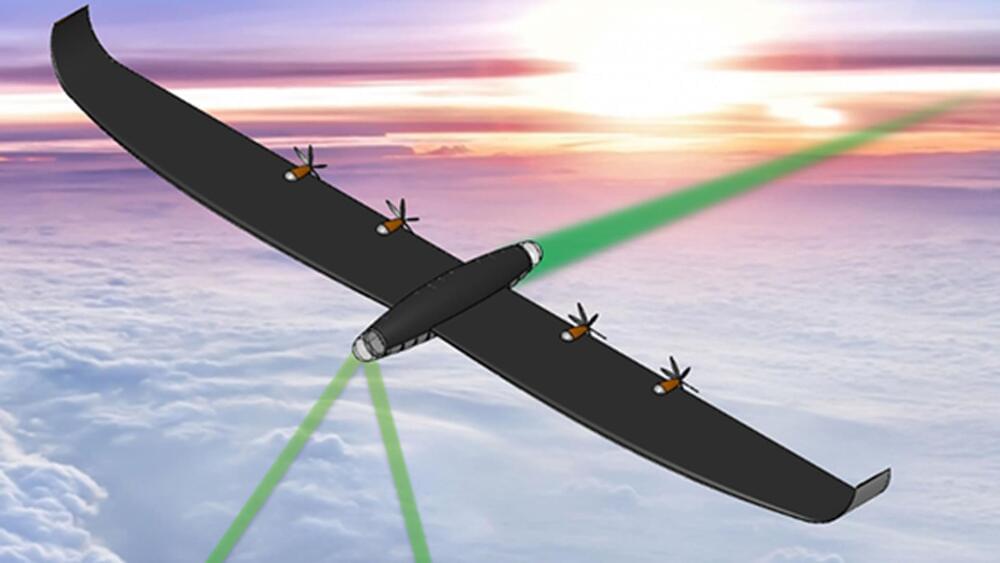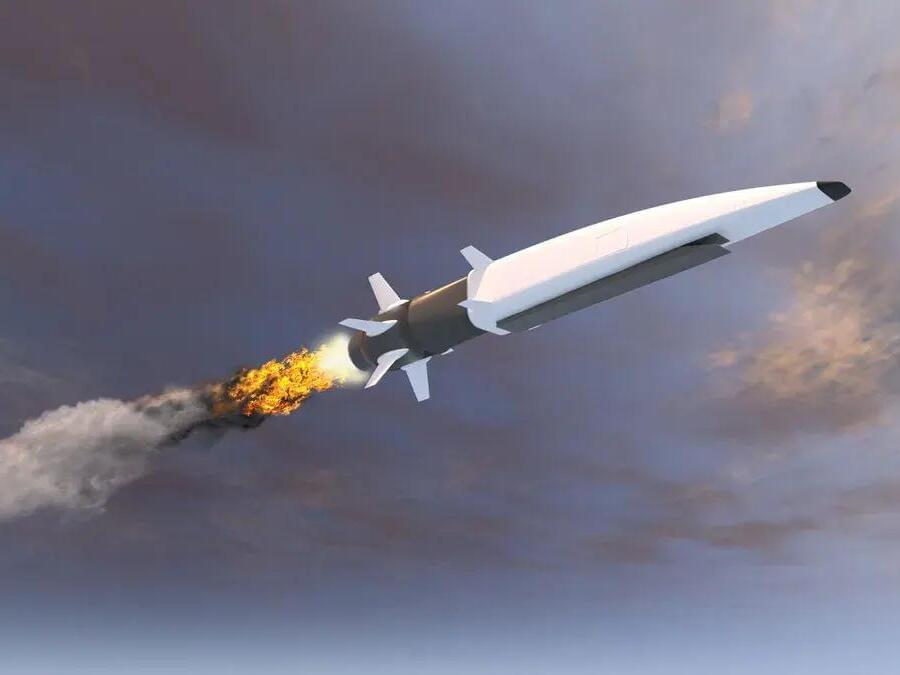May 5, 2023
Czinger’s Bonkers New 3D-Printed Hypercar Could Spark an Automaking Revolution
Posted by Shailesh Prasad in categories: military, robotics/AI
Helmeted and harnessed directly behind my pilot, I prepare for takeoff as the cockpit canopy shuts over us. It could be a scene from Top Gun: Maverick save for the fact that we’re not launching from an aircraft carrier but pulling out of pit lane at the Thermal Club’s track in a final prototype of the Czinger 21C hypercar.
The $2 million, carbon-fiber-bodied, tandem-seat Czinger 21C astounds with specs—1,250 hp, zero to 62 mph in 1.9 seconds, a claimed top speed of 253 mph—and recently blew away the McLaren P1’s production-car track record at Circuit of the Americas by six seconds. But more impressive—seriously—is the hybrid’s build process: The main structural components are designed by Czinger’s proprietary AI software and then 3D-printed. “These structures cannot be made more perfect for the requirements inputted,” says Kevin Czinger, who, along with his son Lukas, cofounded Los Angeles–based Czinger Vehicles. “You could have 1,000 engineers and they would never get to this solution.”

















